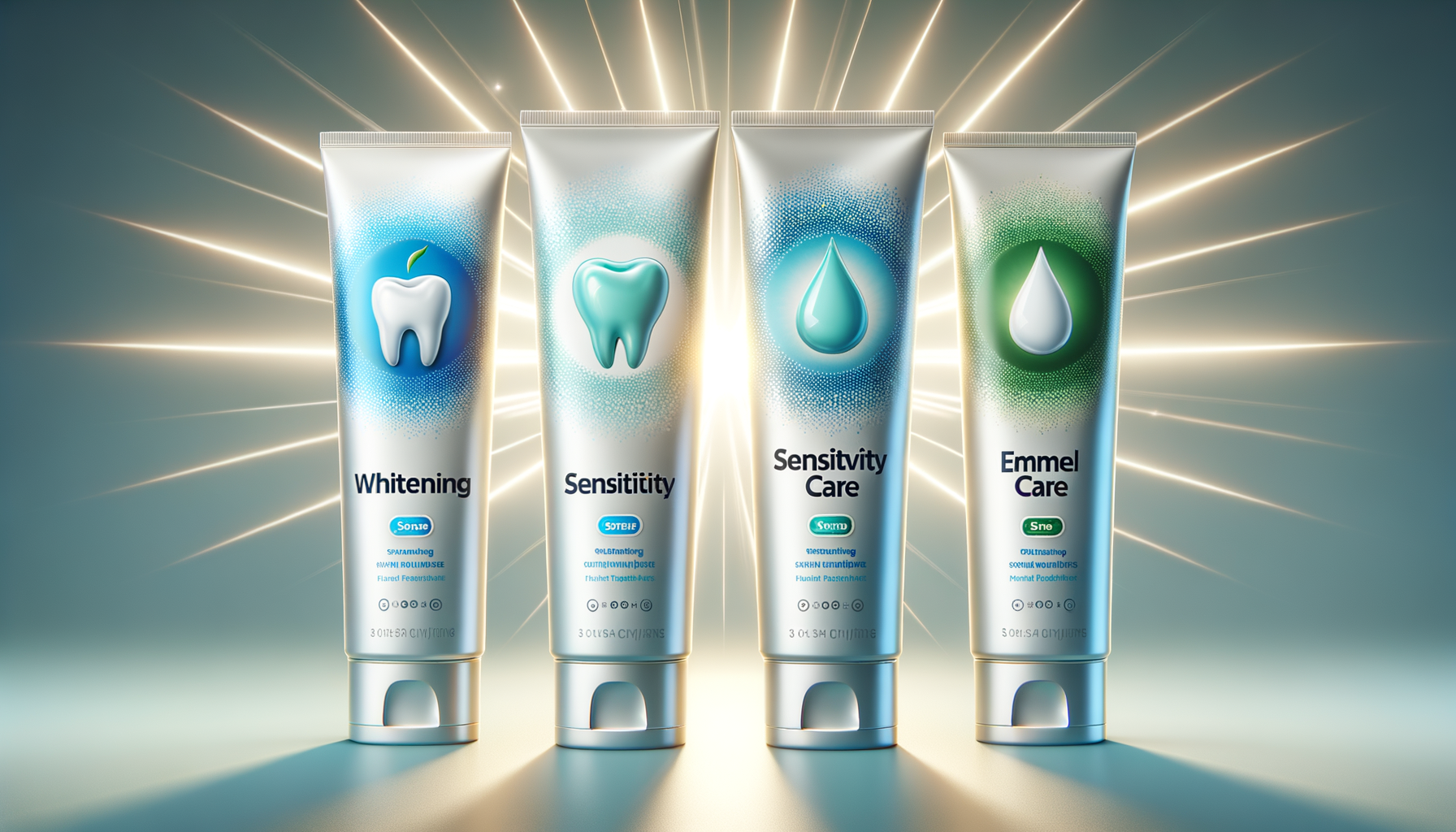
Choosing the Right Toothpaste for Your Dental Needs
Understanding Your Dental Needs
Choosing the right toothpaste is an essential part of maintaining good oral hygiene. With a myriad of options available, understanding what suits your specific dental needs can be overwhelming. The key is to identify what your teeth require the most, whether it’s whitening, sensitivity relief, or enamel care. Each type of toothpaste is formulated to address different aspects of dental health, and selecting the appropriate one can significantly enhance your oral care routine.
Before delving into the specifics of toothpaste types, it’s crucial to assess your dental condition. Are you looking to brighten your smile, relieve sensitivity, or strengthen your enamel? Knowing the answer to these questions will guide you in making an informed choice. Regular dental check-ups can also provide insights into what your teeth might need, as your dentist can recommend options based on your oral health status.
When choosing toothpaste, consider factors such as fluoride content, which is vital for preventing cavities, and whether the toothpaste has been approved by dental associations. These elements ensure that the product is both safe and effective for regular use.
Whitening Toothpaste: A Brighter Smile
Whitening toothpaste is designed for those looking to enhance the brightness of their teeth. These products typically contain mild abrasives and chemicals that help remove surface stains. While they can be effective in maintaining a white smile, it’s important to understand that they may not change the natural color of your teeth or lighten stains that go beyond the surface.
For individuals who consume staining substances like coffee, tea, or tobacco, whitening toothpaste can be a helpful addition to their oral care routine. However, it’s essential to use these products as directed, as overuse can lead to increased tooth sensitivity or enamel wear. If you have sensitive teeth, you may want to explore other options or consult with your dentist before using whitening toothpaste.
It’s also worth noting that while whitening toothpaste can contribute to a brighter smile, maintaining regular dental cleanings and avoiding stain-causing habits are equally important for achieving and preserving the desired results.
Sensitivity Toothpaste: Relief for Sensitive Teeth
Sensitivity toothpaste is formulated for individuals experiencing discomfort when consuming hot, cold, sweet, or acidic foods and drinks. This discomfort often arises from exposed dentin or receding gums, which can be alleviated by using toothpaste designed to block the pathways to nerves in the teeth.
These toothpastes typically contain compounds such as potassium nitrate or stannous fluoride, which help reduce sensitivity over time. For those who suffer from sensitive teeth, incorporating sensitivity toothpaste into their daily routine can provide significant relief. However, it’s important to use these products consistently to achieve the best results.
In addition to using sensitivity toothpaste, individuals should avoid habits that exacerbate sensitivity, such as aggressive brushing or consuming acidic foods and drinks. Regular dental visits can also help manage sensitivity by addressing underlying causes and ensuring that your oral care routine is effective.
Enamel Care Toothpaste: Strengthening Your Teeth
Enamel care toothpaste is designed to strengthen and protect tooth enamel, the hard outer layer of your teeth. Enamel is crucial for safeguarding your teeth against decay and damage, but it can erode over time due to acidic foods, drinks, and other factors.
These toothpastes often contain fluoride, which helps remineralize and strengthen enamel, making it more resistant to acid attacks. For individuals prone to enamel erosion, using enamel care toothpaste can help maintain tooth integrity and prevent further damage.
Incorporating enamel care toothpaste into your oral hygiene routine, along with a balanced diet and regular dental check-ups, can significantly contribute to maintaining strong and healthy teeth. Avoiding excessive consumption of acidic foods and practicing gentle brushing techniques are also important for preserving enamel.
Conclusion: Tailoring Your Toothpaste Choice
Choosing the right toothpaste involves understanding your unique dental needs and selecting a product that addresses them effectively. Whether you’re aiming for a brighter smile, relief from sensitivity, or stronger enamel, there is a toothpaste formulated to meet your requirements.
By considering factors such as fluoride content, dental association approvals, and your specific oral health needs, you can make an informed decision that enhances your oral care routine. Remember, the right toothpaste is an essential part of maintaining a healthy smile, and regular dental visits can provide additional guidance tailored to your needs.
Ultimately, the best approach is a comprehensive one, combining the right toothpaste with good oral hygiene practices and professional dental care to ensure your teeth remain healthy and vibrant.


